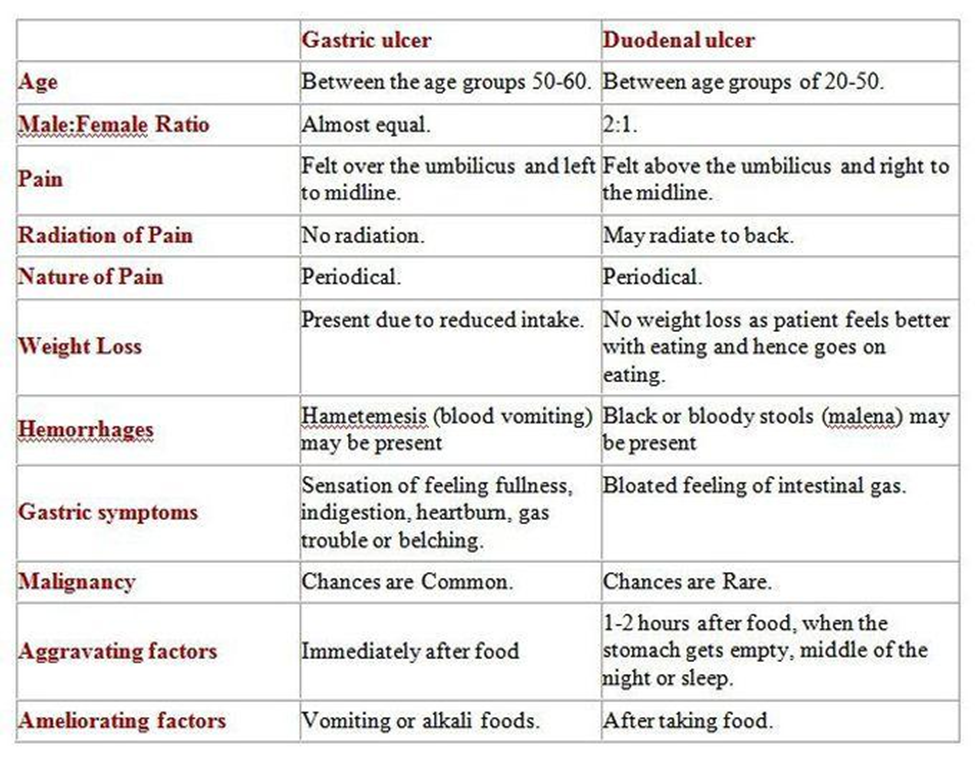The nurse is caring for a client who is being treated for peptic ulcer disease. Which medication should the client be taught to avoid?
H2-receptor blockers
Antacids
PPIS
NSAIDS
The Correct Answer is D
A) H2-receptor blockers:
H2-receptor blockers, such as ranitidine and famotidine, are commonly used to reduce stomach acid production and treat peptic ulcer disease. They help promote ulcer healing and alleviate symptoms. These medications are generally safe and appropriate for use in clients with peptic ulcer disease.
B) Antacids:
Antacids are medications that neutralize stomach acid and provide symptomatic relief from peptic ulcer disease. While they do not directly treat the underlying cause of the ulcer, they can help alleviate symptoms such as pain and discomfort. Antacids are generally safe for use in clients with peptic ulcer disease.
C) PPIs (Proton Pump Inhibitors):
PPIs, such as omeprazole and pantoprazole, are potent acid-suppressing medications commonly used to treat peptic ulcer disease and gastroesophageal reflux disease (GERD). They are effective at reducing stomach acid production and promoting ulcer healing. PPIs are generally safe and appropriate for use in clients with peptic ulcer disease.
D) NSAIDs (Nonsteroidal Anti-Inflammatory Drugs).
NSAIDs, such as ibuprofen, aspirin, and naproxen, can exacerbate peptic ulcer disease by increasing the risk of gastric irritation, erosion, and ulceration. These medications inhibit the production of prostaglandins, which help protect the stomach lining. Chronic or excessive use of NSAIDs can lead to the development of new ulcers or worsening of existing ulcers. Therefore, clients with peptic ulcer disease are typically advised to avoid NSAIDs or to use them with caution under the guidance of a healthcare provider.
Nursing Test Bank
Naxlex Comprehensive Predictor Exams
Related Questions
Correct Answer is C
Explanation
A. Decreased cardiac output: Inotropic medications are intended to improve cardiac function and increase cardiac output, so monitoring for signs of decreased cardiac output would be contrary to the expected therapeutic effect of these medications.
B. Increased afterload: Inotropic medications primarily affect the contractility of the heart muscle and do not typically have a direct effect on afterload (the force against which the heart must pump blood). While changes in afterload can occur as a secondary consequence of altered cardiac function, monitoring for signs of increased afterload would not be the primary focus after administering an inotropic medication.
C. Increased cardiac output.
Inotropic medications are drugs that affect the contractility of the heart muscle. They are often used in the management of shock to improve cardiac function and increase cardiac output. Therefore, after administering an inotropic medication, the nurse would monitor the patient for signs of increased cardiac output, such as improved peripheral perfusion, increased blood pressure, and resolution of signs and symptoms of shock.
D. Slowing of the heart rate: Inotropic medications can affect heart rate indirectly by altering cardiac output, but their primary effect is on contractility rather than heart rate. Monitoring for signs of bradycardia (slowing of the heart rate) may be appropriate in certain clinical situations, but it is not the primary consideration after administering an inotropic medication for shock.
Correct Answer is C
Explanation
A) Nighttime pain:
Nighttime pain, also known as nocturnal pain, is a symptom associated with both duodenal and gastric ulcers. It occurs when the stomach or duodenal lining is empty and no food is present to buffer the effect of gastric acid. While nighttime pain can occur in both types of ulcers, it is not more specific to duodenal ulcers compared to gastric ulcers.
B) Anorexia:
Anorexia, or loss of appetite, can occur in both duodenal and gastric ulcers due to factors such as pain, discomfort, and inflammation. It is not a symptom that is more commonly associated with one type of ulcer over the other.
C) Postprandial pain (occurring after a meal).
Postprandial pain, which occurs after a meal, is more commonly associated with duodenal ulcers than gastric ulcers. This pain typically occurs 2 to 3 hours after eating, as it is often triggered by the release of gastric acid and duodenal contractions stimulated by food intake. Duodenal ulcers tend to cause this type of pain because they are located in the duodenum, the first part of the small intestine, which is exposed to gastric acid and bile after a meal.
D) Nausea and vomiting:
Nausea and vomiting can occur in both duodenal and gastric ulcers, particularly if the ulcer is accompanied by complications such as obstruction or perforation. These symptoms are not more specific to duodenal ulcers compared to gastric ulcers.

Whether you are a student looking to ace your exams or a practicing nurse seeking to enhance your expertise , our nursing education contents will empower you with the confidence and competence to make a difference in the lives of patients and become a respected leader in the healthcare field.
Visit Naxlex, invest in your future and unlock endless possibilities with our unparalleled nursing education contents today
Report Wrong Answer on the Current Question
Do you disagree with the answer? If yes, what is your expected answer? Explain.
Kindly be descriptive with the issue you are facing.
